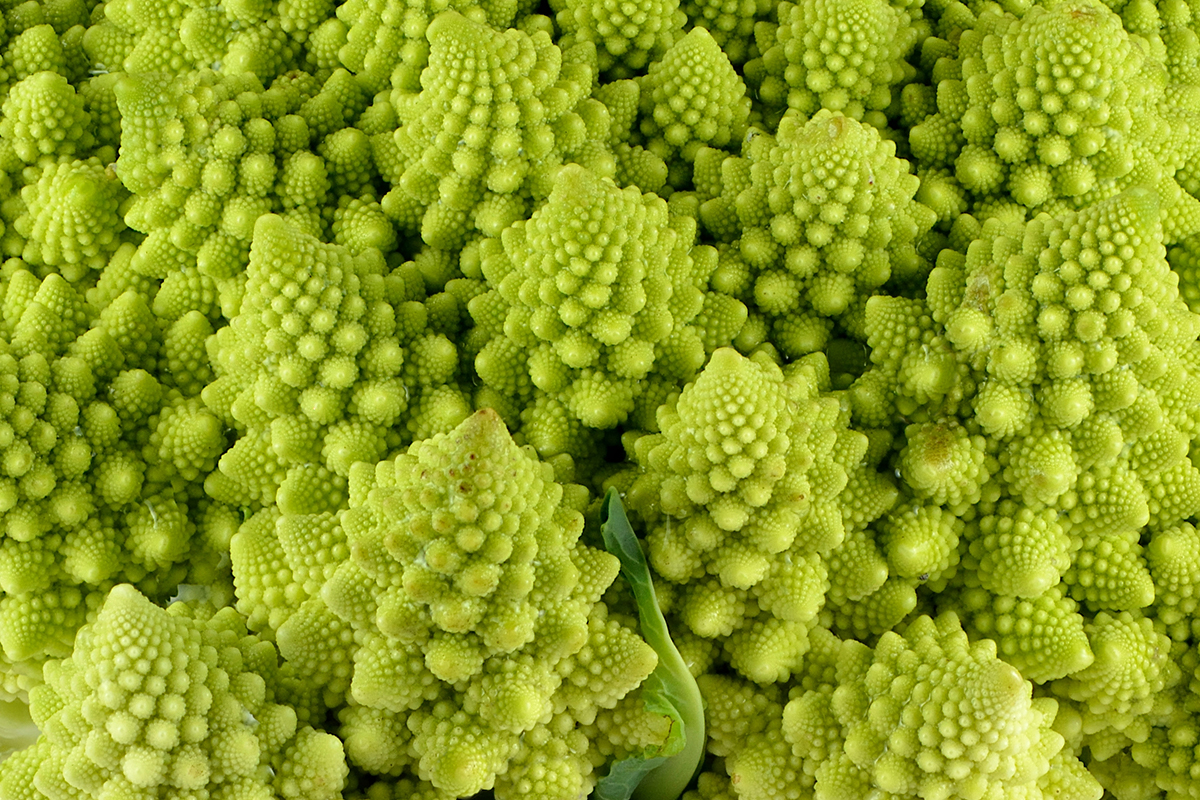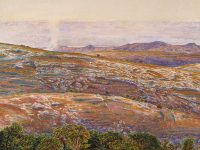
Fractals are mathematical structures that come from a very simple equation, but have a little twist that makes them slightly more complicated. This component is small, but it turns out to be much more complex than it seems. Thus, the structures generated from this mathematical structure are known as «self-similar». In other words, a piece of fractal has the same shape as the entire fractal. Fractality has the particularity of producing complexity in a very simple way.
This simple formula for obtaining complexity can represent an evolutionary breakthrough for some living beings. In fact, there are many biological structures that grow as fractals; we can find examples especially in plants, such as broccoli or cauliflower. But clouds also have a fractal appearance, and even vertebrates have the remnants of an ancient fractality. Of all the mechanisms that generate fractality, bifurcation is responsible for this. We think our vertebrate cousins had one bone – the humerus – which later divided into two – the radius and ulna – and later into four and eight – the bones of the hand and fingers, respectively.
Answered by Fernando Ballesteros, researcher at the Astronomical Observatory of the University of Valencia. Text by Marta Gutiérrez, Mètode.
Question submitted by Elsa García López.
«Mètode’s whys and wherefores» is a popular science section in which readers can submit their scientific doubts or questions and an expert on the subject will answer them. You can submit your questions with this form. Among all those we publish, a set of Mètode publications will be drawn every quarter.





